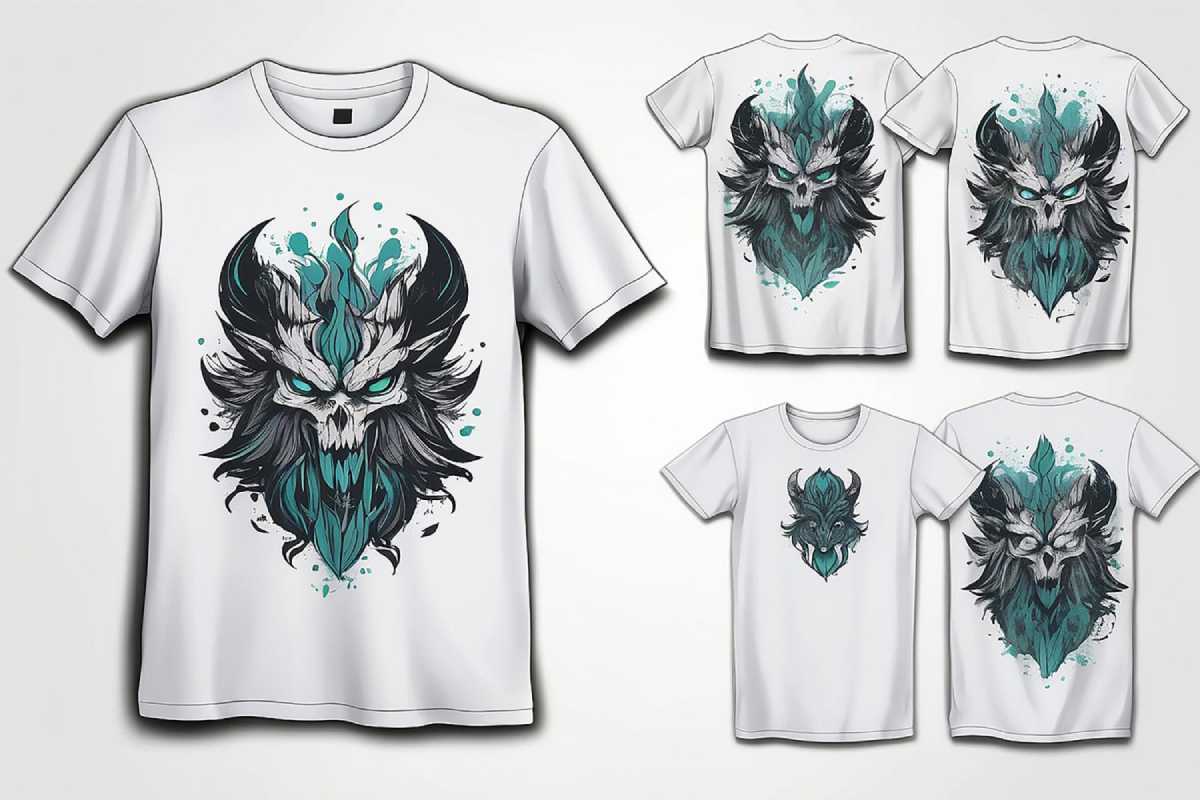
Georgia DTF Transfer Durability Explained
Why Durability Matters in Georgia DTF Printing
For every successful Georgia DTF printing business, durability is a crucial selling point. Customers expect high-quality dtf transfers that can withstand frequent washing, stretching, and wear without cracking or fading. Whether you're serving sports teams, fashion brands, or custom shirt shops, long-lasting prints define your brand's reliability and reputation. Understanding what affects durability ensures better product longevity and repeat customers.
Materials That Influence DTF Transfer Longevity
One of the most significant factors in Georgia DTF print quality is the type of materials used. From the PET film and DTF inks to the adhesive powder, each component plays a role in how well dtf transfers adhere and last. High-opacity white ink offers better vibrancy and stronger layering, while premium adhesive powder ensures a resilient bond to fabric. Using low-quality components will directly affect print durability, regardless of your application technique.
Heat Press Settings for Maximum Georgia DTF Durability
Proper application through heat pressing is key to achieving maximum durability with Georgia DTF prints. Applying dtf transfers at the correct temperature, pressure, and time creates a strong bond between the transfer and the garment. For most materials, 300-320°F with medium to firm pressure for 15-20 seconds is optimal. Always test your press on different garment types to ensure consistency and durability across all product lines.
Fabric Compatibility and Its Role in Transfer Durability
Not all fabrics respond the same to Georgia DTF applications. While cotton and cotton blends offer excellent results, polyester, nylon, and performance fabrics may need adjustments in pressing time and temperature. Ensuring your dtf transfers are tailored to the type of material can significantly increase wash resistance and longevity. In Georgia's humid climate, choosing breathable, high-quality fabrics can also improve wear comfort and preserve print quality longer.
Proper Washing and Care Tips for Long-Lasting Prints
Educating your customers on garment care extends the life of every Georgia DTF printed item. Washing inside out, using cold water, and avoiding bleach help preserve color vibrancy. Air drying is always preferable, but if machine drying is necessary, low heat settings are recommended. These care practices help protect dtf transfers from cracking, peeling, and color fading. Including care instructions with every order increases customer satisfaction and repeat sales.
Testing and Quality Control for Transfer Durability
Every successful Georgia DTF business should implement routine durability testing. This includes stretch tests, wash cycle simulations, and peel tests after application. Monitoring how your dtf transfers respond under stress allows you to adjust materials or settings to ensure consistent quality. Especially for bulk or wholesale orders, quality control ensures each transfer meets customer expectations, reducing returns and complaints.
Conclusion
Understanding the science and practices behind Georgia DTF transfer durability is essential for any print shop aiming for longevity in the apparel business. The combination of premium materials, correct heat settings, fabric compatibility, and post-care all contribute to high-performing dtf transfers. When durability is prioritized, your products stay vibrant and professional-looking, ensuring customer trust and business growth in Georgia's competitive market.
Frequently Asked Questions
How many washes can DTF transfers withstand?
High-quality DTF transfers can last over 50 washes when applied and cared for properly.
What temperature is best for pressing DTF transfers?
The ideal range is 300-320°F with medium to firm pressure for 15-20 seconds.
Do different fabrics affect DTF durability?
Yes, cotton blends hold transfers best, while synthetics may require specific adjustments.
Can low-quality ink reduce transfer durability?
Absolutely. Inferior ink can crack or fade quickly, impacting the longevity of the design.
How should I wash clothes with DTF prints?
Wash inside out in cold water and hang to dry or tumble dry on low.
What’s the best powder for long-lasting adhesion?
Fine, high-quality hot-melt adhesive powder works best for bonding strength and flexibility.
Should I pre-test my transfers before selling?
Yes, always test for wash resistance and stretch performance before mass production.
Does humidity in Georgia affect DTF durability?
While not a major factor, excess moisture can affect film handling or drying if not stored properly.
Can I use the same transfer settings for all materials?
Not always. Thicker or synthetic fabrics may need custom press adjustments.
Are DTF transfers more durable than screen prints?
DTF transfers often last longer, especially with proper care, and offer more detail in design.






